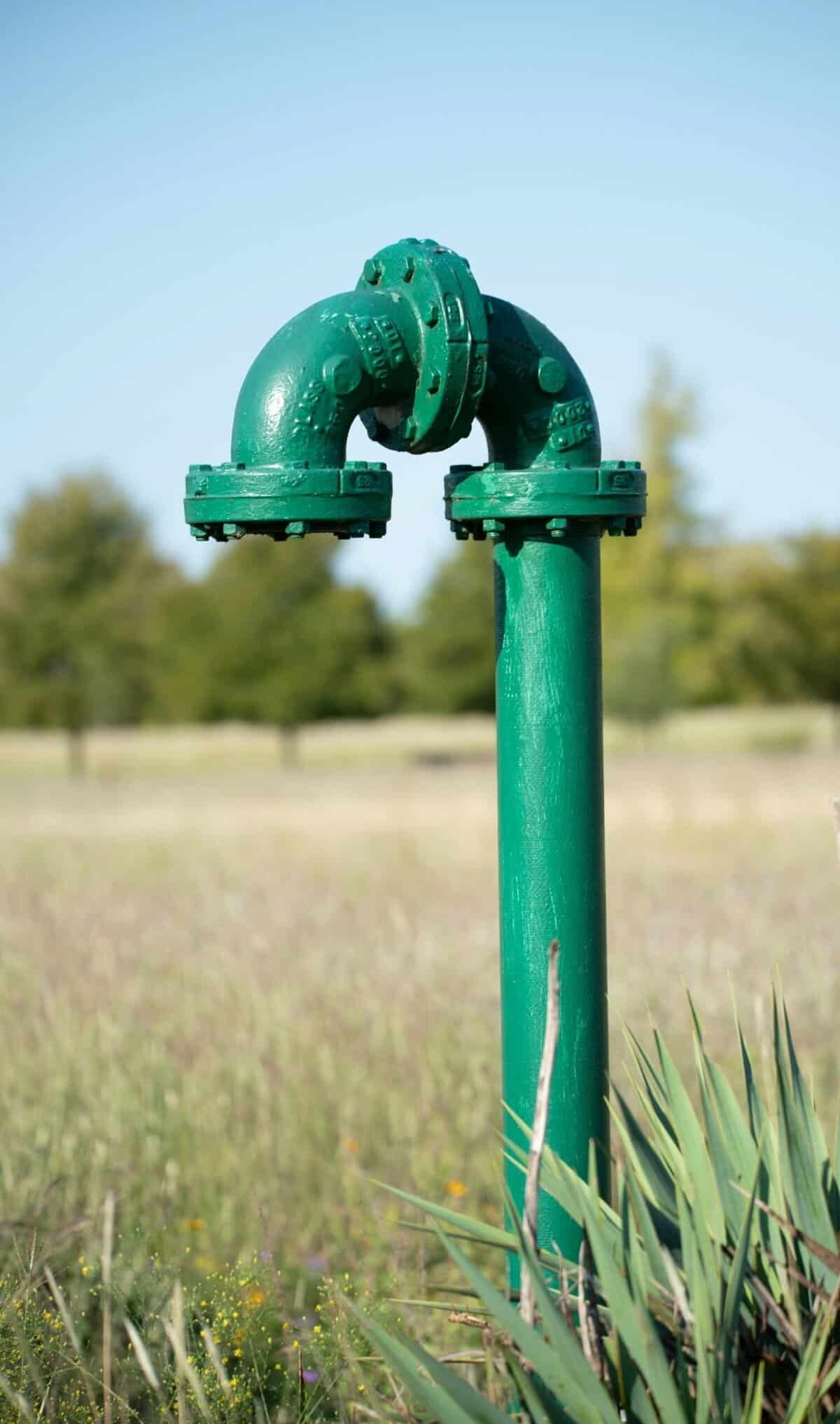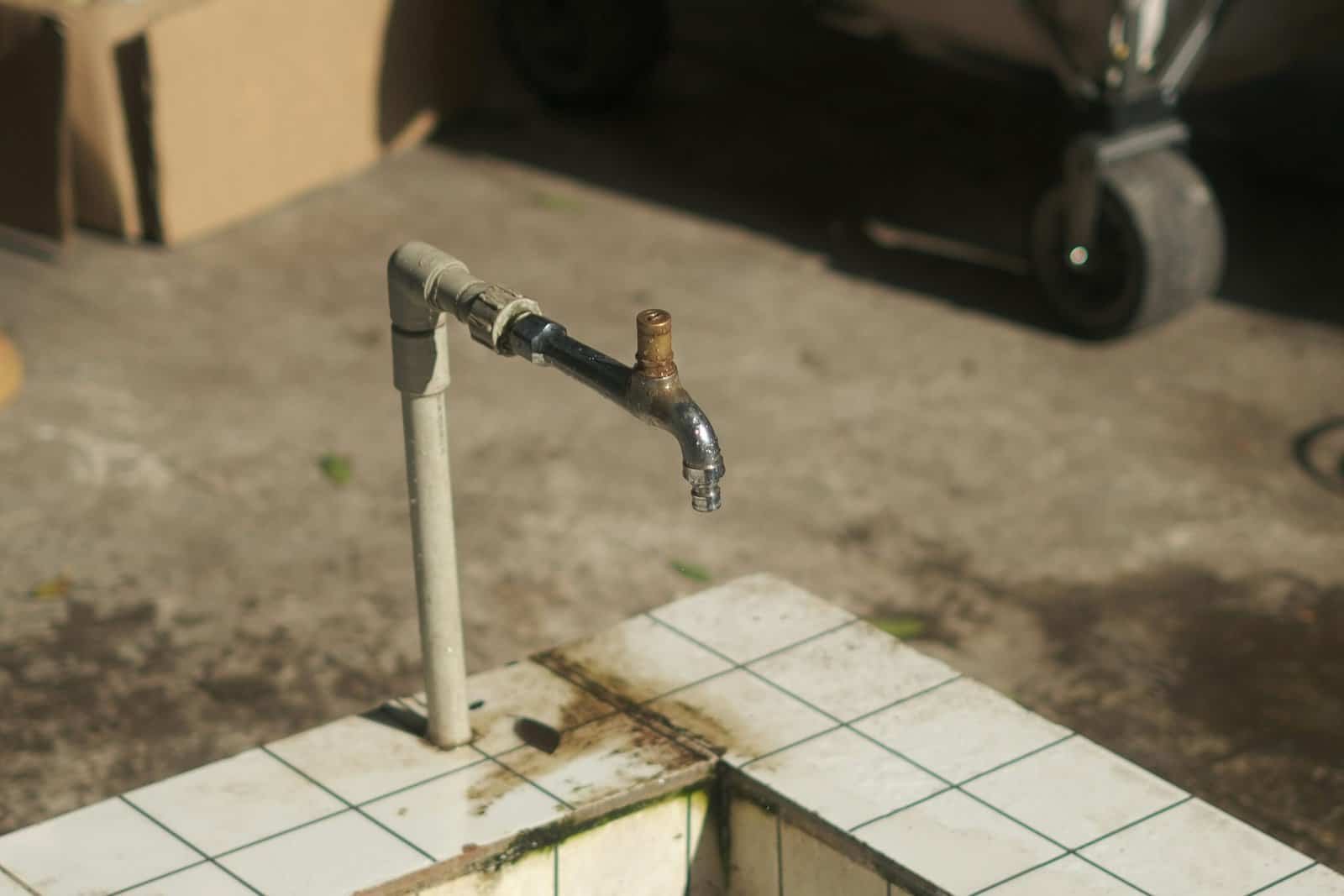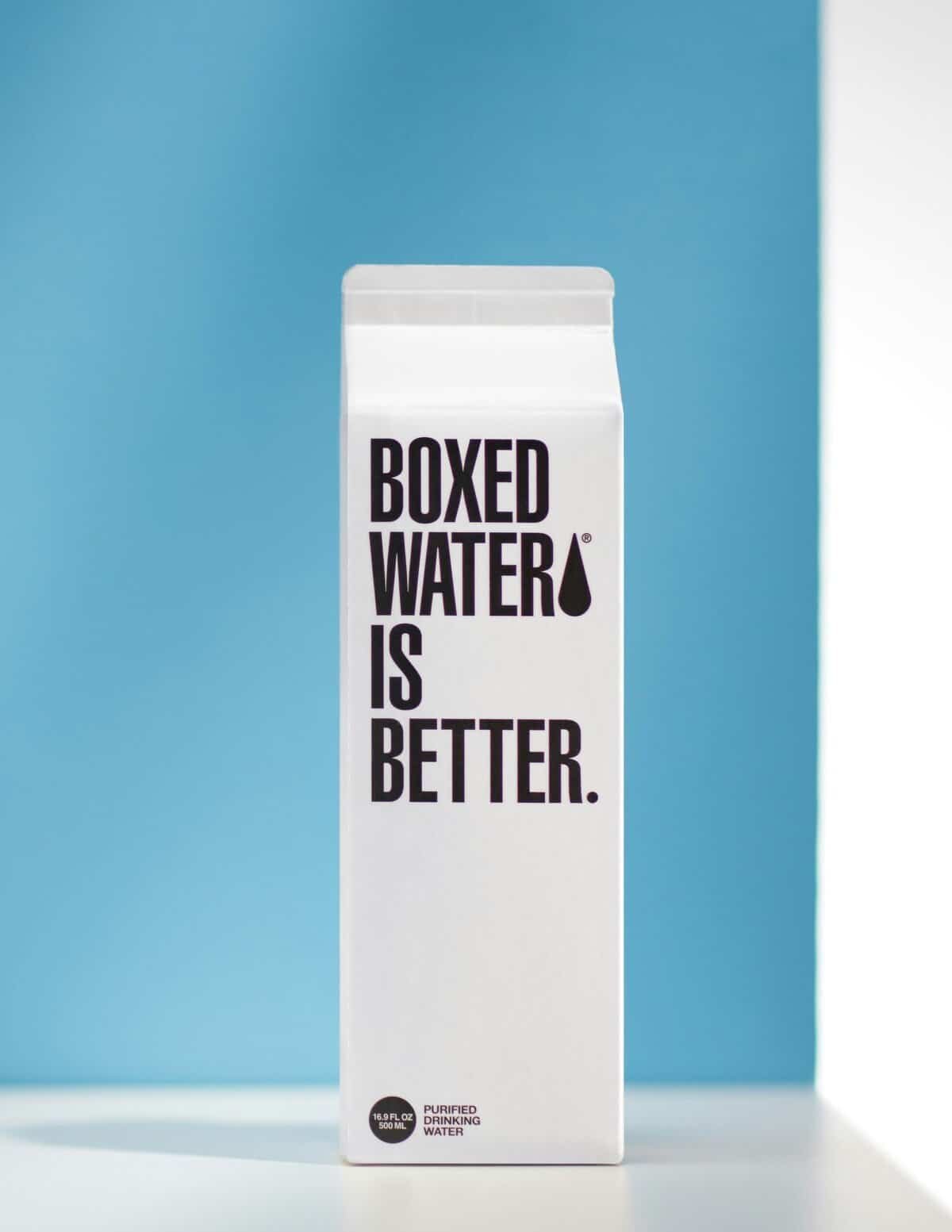Have you ever wondered where you can get information on well water treatment options? If so, you’re certainly not alone. Many individuals rely on well water for their daily needs yet often find themselves at a crossroads when it comes to ensuring the water is safe and clean. Let’s explore a friendly, detailed guide about how you can access, understand, and apply well water treatment options to make informed decisions about your water quality.

Understanding the Importance of Well Water Treatment
Your well water is a crucial resource that supports your daily activities, from drinking and cooking to bathing and cleaning. However, unlike municipal water systems, which are regulated, well water is your responsibility to monitor and treat. This independence can seem daunting, but it’s necessary for ensuring that your water remains clean and safe. It’s important to understand that untreated well water can harbor harmful contaminants like bacteria, viruses, and chemicals.
Why Treating Well Water is Essential
Well water can become contaminated through various sources, including runoffs from agriculture, industrial activities, or even natural deposits of substances such as arsenic. Drinking contaminated water poses health risks like gastrointestinal illnesses, neurological disorders, and reproductive problems. By implementing treatment solutions, you can significantly reduce these risks and protect your family’s health.
Sources for Well Water Information
To ensure your well water is safe for consumption, it’s vital to gather credible information from reliable sources about treatment options. With an overwhelming amount of content available online and offline, knowing where to start can help streamline your search.
Online Resources
The internet offers a wealth of information at your fingertips. Government agencies, educational institutions, and reputable organizations provide detailed resources on this topic:
- The Environmental Protection Agency (EPA): The EPA’s website is a great starting point as it offers comprehensive guidelines and standards for well water testing and treatment.
- Centers for Disease Control and Prevention (CDC): The CDC provides insightful data on well water testing and safety measures.
- National Ground Water Association (NGWA): With a focus on well owner education, the NGWA offers publications, webinars, and an interactive “Well Owner Hotline” for personalized guidance.
- University Extension Services: Many universities have extension programs that offer free resources on home well management, including newsletter subscriptions and informational videos.
Local Health Departments
Your local health department can be an invaluable resource. They often have region-specific information about common contaminants and necessary treatment methods. Health departments might also offer testing services or can recommend certified labs for well water analysis.
Private Testing Laboratories
For more personalized information, consider reaching out to private laboratories that specialize in water testing. They can provide detailed analyses of your well’s water quality and recommend specific treatment solutions based on their findings.
Identifying Common Well Water Contaminants
Understanding what contaminants may be present in your well water can help you choose the right treatment options. Well water can contain a mixture of chemical, biological, and physical contaminants.
Chemical Contaminants
These include heavy metals such as lead, arsenic, and cadmium, as well as nitrates and pesticides common in agricultural areas. They often enter the groundwater through industrial discharges and agricultural runoff.
Biological Contaminants
Bacteria, viruses, and protozoans can cause illnesses and are usually introduced through sewage leaks or animal wastes. The presence of E. coli is a common indicator of biological contamination.
Physical Contaminants
Sediments or organic material may cloud your water, especially after a heavy rain. While not typically harmful, they can affect the color, smell, and taste of your water.
Radiological Contaminants
Naturally occurring radioactive elements like uranium and radon can be found in some geologically active regions. These contaminants are less common but can pose significant health risks with long-term exposure.
Exploring Well Water Treatment Options
Once you’re aware of potential contaminants, you can explore various treatment options. Treatments can range from simple filtration to more complex systems that require professional installation and maintenance.
Filtration Systems
Filtration systems can remove sediments, odor, and taste from your water. These systems fit under your sink or connect to your main water supply. There are different types available:
- Carbon Filters: Ideal for removing chlorine, volatile organic compounds, and taste or odor issues.
- Sediment Filters: Great for capturing dirt, sand, and rust particles.
- Ceramic Filters: Used for removing bacteria and larger protozoans.
Disinfection Methods
Disinfection methods are crucial for eliminating bacteria and viruses. Chlorination, ultraviolet (UV) treatment, and ozonation are popular solutions.
- Chlorination: Introduces chlorine to kill pathogens; effective but may require additional treatment to remove chlorine residues.
- UV Treatment: Uses UV light to inactivate microorganisms. It’s chemical-free and maintains water taste.
- Ozonation: Involves the infusion of ozone gas; it’s effective against a broad spectrum of microorganisms but tends to be more costly.
Reverse Osmosis Systems
These systems use a semipermeable membrane to remove a wide range of contaminants, including heavy metals and certain bacteria. Reverse osmosis is thorough but tends to waste more water compared to other methods, so it’s essential to consider environmental impacts.
Distillation
Distillers heat water to create steam, which is then condensed back into water, leaving most contaminants behind. This method effectively removes a range of pollutants, including bacteria and heavy metals, but also eliminates beneficial minerals in the process.

How to Choose the Right Treatment for Your Well Water
Selecting the right treatment solution can feel challenging, but by narrowing down options based on specific needs, you can ensure optimal safety and efficiency.
Analyze Your Water Test Results
Understanding your water’s quality through test results is the first step in determining the most effective treatment method. Pay close attention to the detected contaminants and their concentrations.
Consider the System’s Maintenance and Costs
Weight the costs and maintenance requirements of each treatment system before making a decision. Initial installation costs can vary widely, and some systems demand regular filter replacements or professional servicing.
Balance Effectiveness and Convenience
Balance the effectiveness and convenience of each option. A convenient system means it fits your lifestyle and doesn’t require intensive day-to-day management while still effectively addressing your primary concerns.
Seek Professional Guidance
Sometimes, a second opinion can validate your choice. Consulting with a water treatment professional or hydrogeologist can provide peace of mind as you navigate the complexities of well water treatment.
Understanding Regulations and Standards
While private wells are not regulated by federal government standards, it’s wise to familiarize yourself with available guidelines to ensure your water’s safety.
EPA’s Role
The EPA provides regulatory standards for community water systems, which serve as an excellent reference point for private wells. Although these regulations do not explicitly apply to private wells, they can guide your treatment efforts to maintain similar safety standards.
State and Local Standards
In some areas, states or localities may have specific guidelines or recommendations for well water treatment. Checking with your state’s environmental agency can provide additional wording requirements to ensure full compliance.

Conclusion
Finding the right information for well water treatment options involves understanding the importance of treating well water, identifying potential contaminants, and exploring treatment choices. By using reliable online and local resources, you can gather the necessary information to make informed decisions about your well water safety. Understanding and applying this information equips you with the knowledge to ensure that your well water remains clean, safe, and perfectly suited for your needs.
May your journey towards safe and healthy well water be guided by sound information and the support of trusted resources. With the right tools and data at your disposal, maintaining the purity of your well water is entirely achievable.

